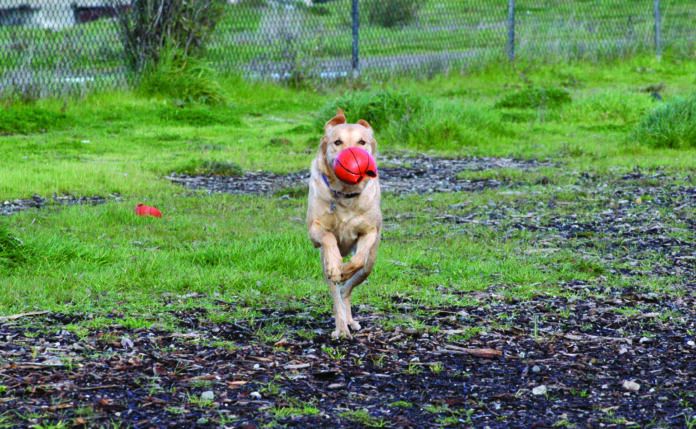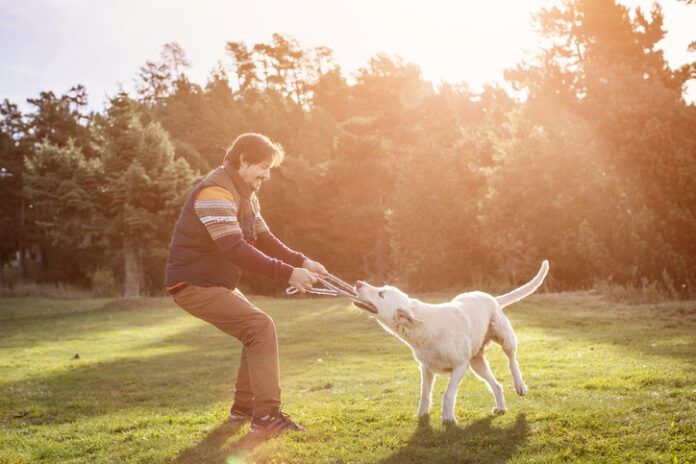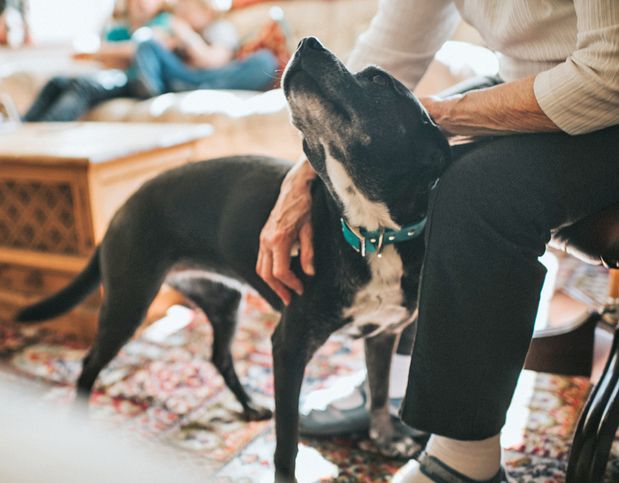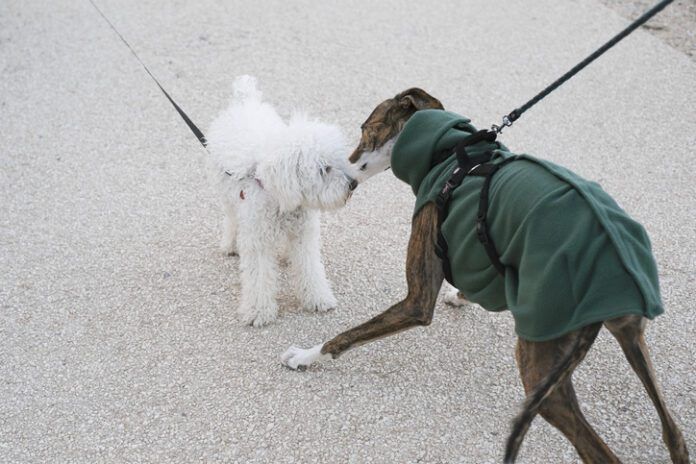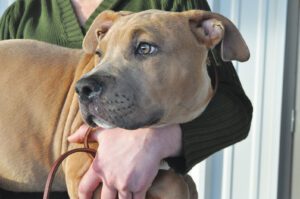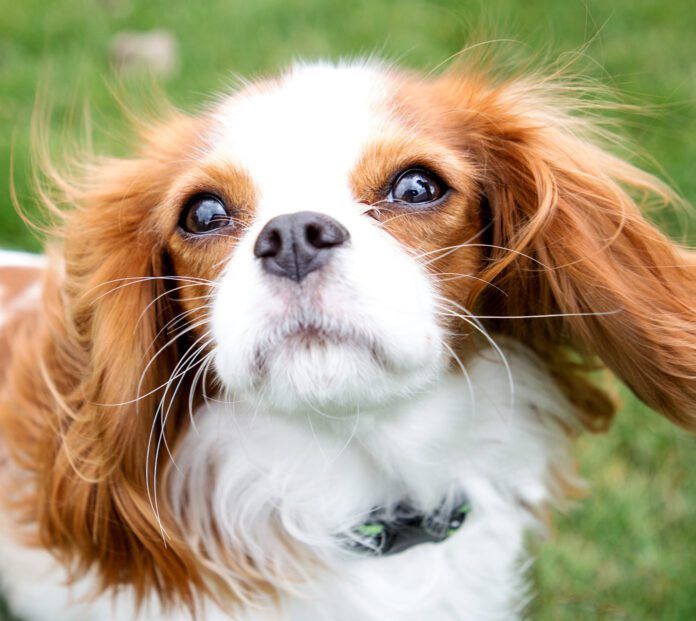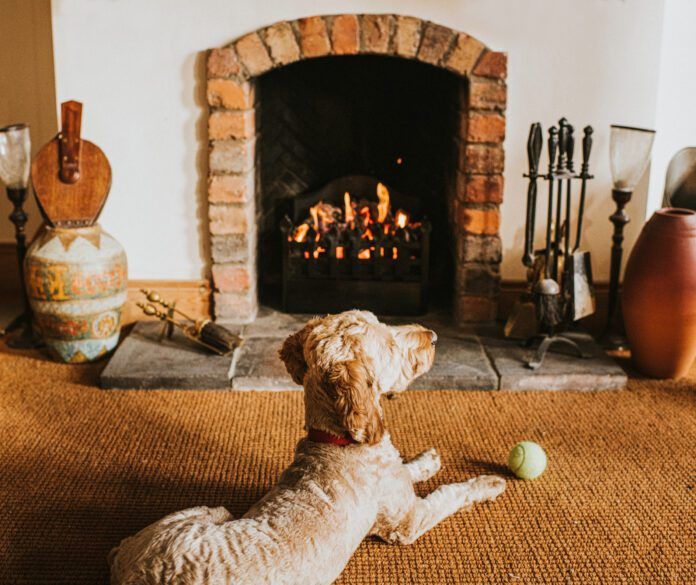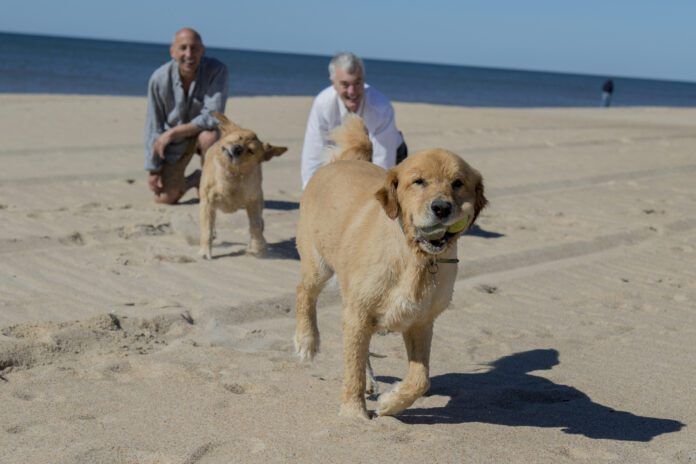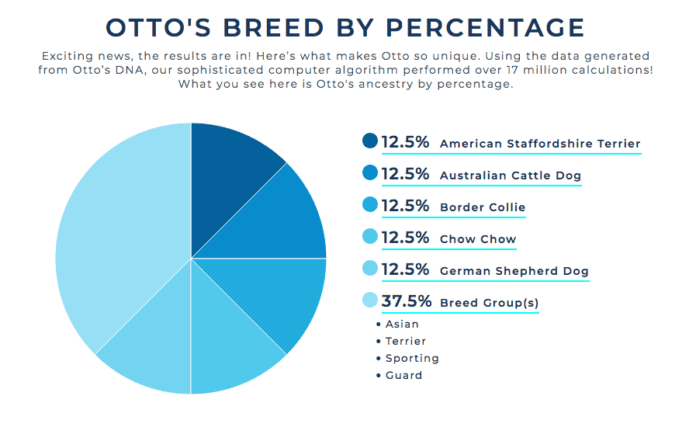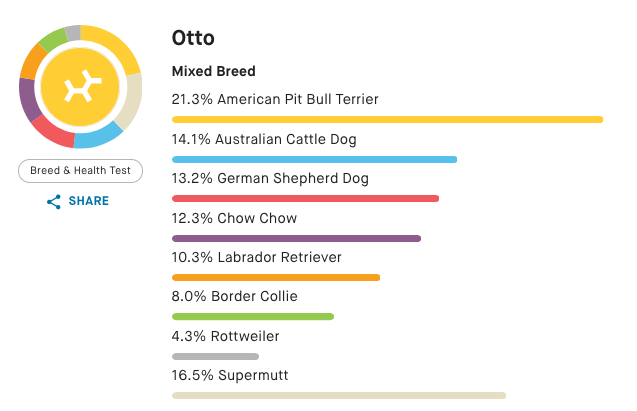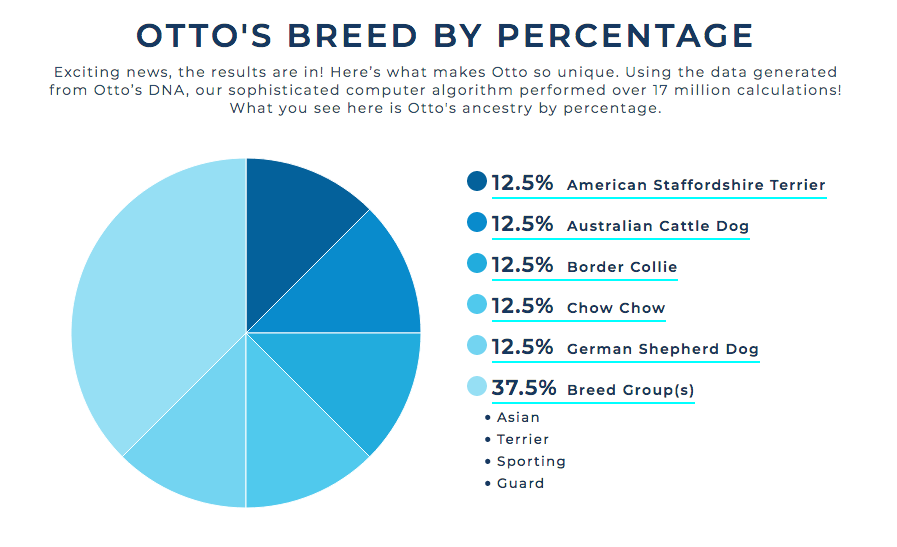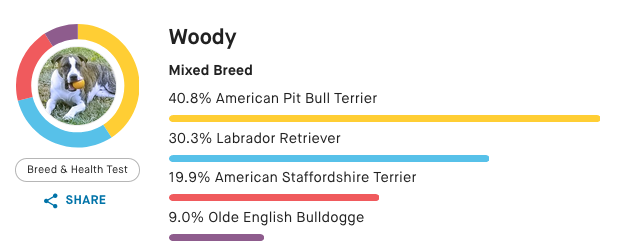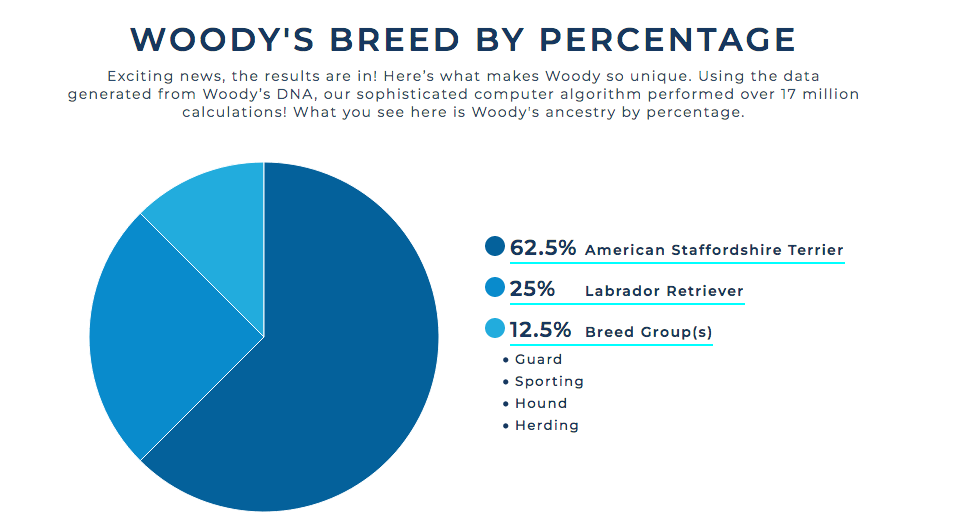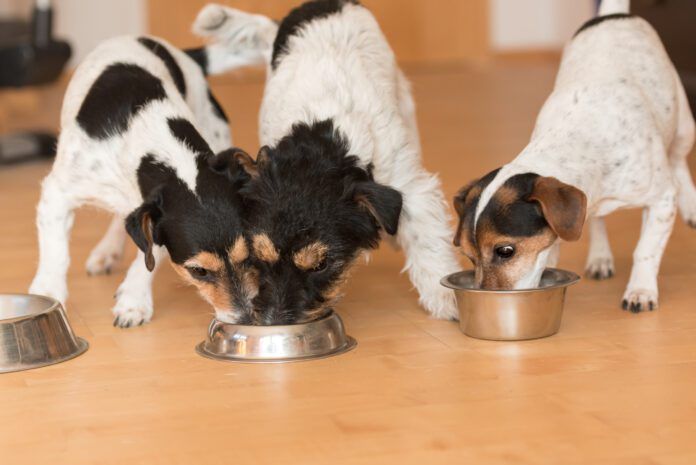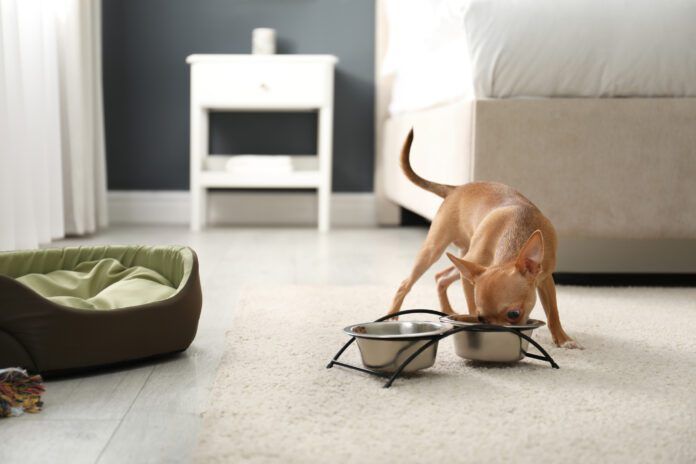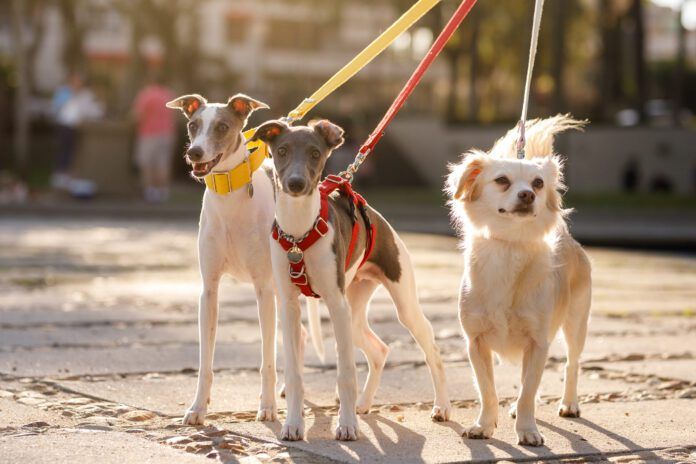When off-leash dog parks first began to be a “thing” a couple of decades ago, I was thrilled. At the time, I lived in a city of about 70,000, and the presence of large, securely fenced areas for dogs to run off-leash was a huge benefit to me when I boarded untrained dogs who needed a ton of exercise. Twenty-plus years ago, there weren’t yet crowds of people and tons of reactive dogs at the park; at most, I’d tend to see 10 to 20 dogs in the several-acre park – soured only once or twice a year, say, by a serious dog fight or scary interaction between reactive dogs.
There was one really nice park, with sandy soil, faucets for water, double “airlock” gates, and a separate area for small dogs; and a smaller space at the end of town that had single gates, no water, and weedy, rough footing. When I had a social butterfly of an energetic dog staying with me, I’d of course go to the nice dog park. When I was caring for a rowdy adolescent dog who was reactive or had poor social skills, I’d drive farther to take him to what I called the “bad-dog dog park” – I only ever saw other people who also had reactive or flat-out dog-aggressive dogs there. We could recognize each other by our over-alert, defensive behavior: our rush to leash our dogs and leave if anyone else arrived.
I actually came to appreciate the bad-dog dog park much more than the nice dog park, for the simple reason that hardly anyone went there, and I could almost always find it empty for at least 20 or 30 minutes to allow whatever reactive dog I happened to be caring for to burn off some serious steam – chasing balls or Frisbees, and playing vigorous, growly games of tug – without putting any other dogs at risk, or undermining work I was doing with those dogs to teach them not to become reactive to other dogs.
Paws, a yellow Labrador who belonged to a fellow editor friend, was one dog who I regularly brought to the bad-dog dog park. I often boarded Paws when his family went on vacation or just out of town for the weekend, and sometimes provided daycare for him when his family was particularly busy. Paws didn’t have an aggressive bone in his body, but he had been somewhat deprived of social opportunities when he was a puppy, and he had the rudest body language of any dog I knew. He was so excited to meet other dogs that, if given an opportunity, would fly toward the other dog at 100 miles per hour, slamming into them half the time because he didn’t turn on the afterburners soon enough. When a dog would understandably take exception to being slammed into at top speed, or would feel that it was necessary to slow Paws’ roll by growling or snapping at him, his excitement (arousal) level would be so high, that he’d often react with an honestly scared, defensive growl or snap back – and a brief scuffle might quickly ensue.
If, by some miracle, the other dog was friendly and confident enough to burst into a running, chasing, or wrestling game when Paws came in like a runaway freight train, there was no happier dog than Paws; that was his sincere wish. But meeting a large, strong, confident, happy playmate was rare; Paws hardly ever met one of those. That’s why I often made the trek with him to run and play at the weedy, crappy park that we usually had to ourselves.
Eventually, though, dog parks became so popular, that even the remote, scruffy, waterless dog park became nearly constantly populated with other social, friendly dogs – meaning that they were no longer appropriate places that I could bring Paws or other reactive dogs to. And around that time, I moved away from the San Francisco Bay Area.
Today, I have my own two-acre, securely fenced “dog park” of sorts. There are lots of places I can take my friendly, social dogs for off-leash hikes, because we practice snappy recalls constantly. However, when I’m caring for a dog (a friend’s dog, or a foster) whose recall is not yet reliable and they need exercise, I have enough fenced space to throw balls (even with a Chuckit!) and run a dog enough to get them tired. Buying a property like this, and spending thousands to have its perimeter fencing completed, was a long-time goal for me and I’m so happy to have it.
A company founded to connect dog people
What are people to do if they need (but lack) a safely fenced area to exercise their dogs, but have a dog-reactive dog – or just a dog who is afraid of or particularly vulnerable to other dogs? There is a company that has stepped up to help connect people like me, who have safe and private places for dogs to play, with people who need – and would pay to reserve time in – such a space! Sniffspot is a company that links people who have space for dogs to play with people whose dogs need places to play. It’s kind of like AirBNB for private dog parks.
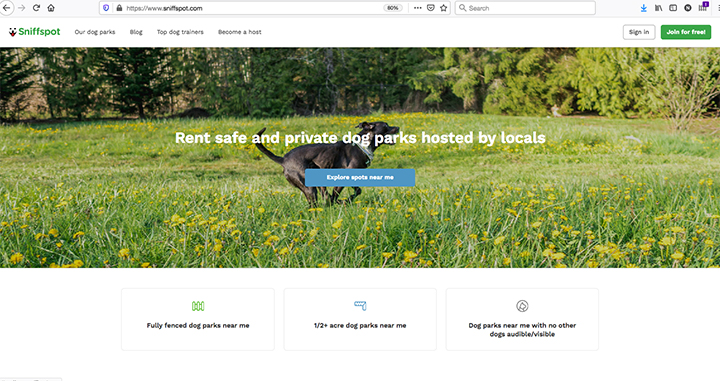
People who have space that they’d like to make available (for a fee) to other dogs owners can sign up to be Sniffspot hosts. An app makes it possible for people to reserve and rent the space in half-hour increments. The software ensures that the rental is private – no other users will be present at the same time. Sniffspot collects payments from the users (from $5 to $15 per hour, per dog) and distributes the payments to the hosts at the end of each month. The company also requires that users submit vaccination records and attest that the dogs have flea/parasite prevention on board, and provides $2 million of liability insurance and $5,000 of damage protection to the hosts.
Hosts are asked to answer a long list of questions about their property: its size, terrain, fencing, proximity to dogs or other animals, etc. They also submit photos of the amenities offered; between the property descriptions and photos, users can get a good idea of whether the space will suit their dogs. Hosts can make their property available for as little or as much time on as many days as they want, but all rentals are private, to prevent unwanted interactions (users can rent some properties for private playgroups). I might consider signing up to be a host at some point.
Our dog-training contributors often recommend that owners of reactive dogs, or dogs who are selective about their play partners, look for securely fenced places to take their dogs to run or play where there are no other dogs. We sometimes hear the complaint that such places are difficult to find, but now we have an answer to that grievance: Sniffspot is the perfect way to find places like this – not a “unicorn” request after all.


